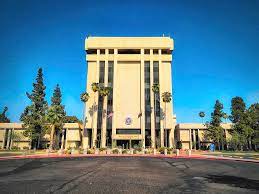The big federal omnibus bill signed by President Biden last week directs states to begin their Medicaid redetermination efforts starting on April 1, 2023. AHCCCS thinks about 600,000 of the 2.5 million currently enrolled AHCCCS members may lose eligibility over the coming year once redetermination happens.
The federal government gave states an extra 6.2% in federal contribution toward a state’s Medicaid costs in exchange for not disenroll people from Medicaid during the public health emergency. The omnibus bill phases out the 6.2% enhanced federal match. Beginning on April 1, the enhanced match will drop 5% and continue to drop each quarter until the enhanced match is eliminated on Jan. 1, 2024.
The bill didn’t end the public health emergency (in fact HHS just extended it until August 2023) but redetermination will now begin on April 1 rather than when the emergency expires.
Healthcare providers can help get the word out that AHCCCS members should ensure that their mailing address, phone number & email address are up to date on www.healthearizonaplus.gov
and urge AHCCCS members respond to requests from AHCCCS for more information.
The State Medicaid Advisory Committee met last week and AHCCCS staff provided an overview and update on various projects including how they’ll be redetermining eligibility later this year.
AHCCCS has a “Return to Normal” webpage with more info including community and contractor resources.






